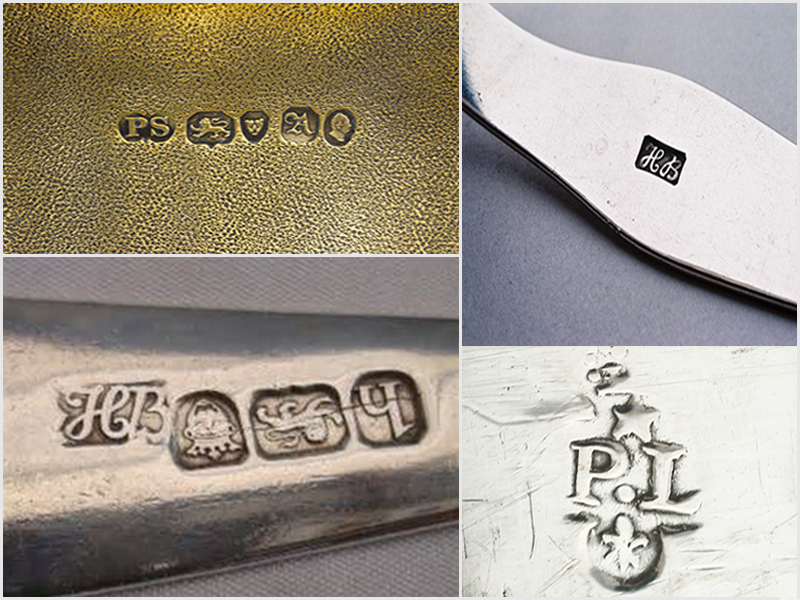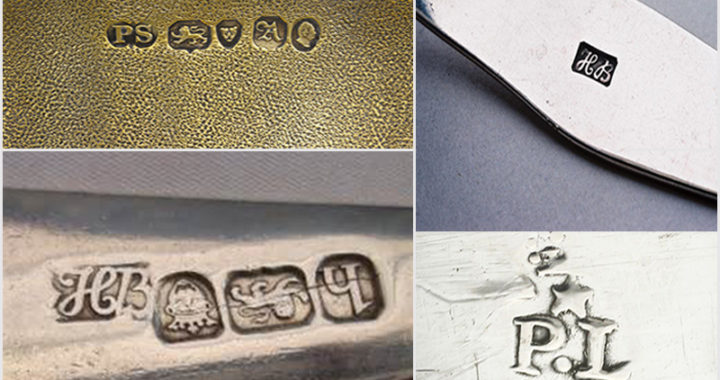Sterling silver flatware is one of the most commonly collected items due to the vast availability arising from the Renaissance time period and sets being handed down from generation to generation. For hundreds of years earlier during the Middle Ages,the way people ate was not as important as finding the food to eat. After trade began to open back up and the arts and sciences were rebirthed, utensils for eating became a part of the revitalized culture.
Flatware was a canvas for artistic expression and a way to show off new found wealth. Over the years, new designs were breathed with creative inspiration and distributed across the world into almost every home. The peak period of sterling silver flatware was between the years of 1840 through 1940, yet the tradition of gifting flatware is still customary today.
The Artistic Nature of Sterling Silver Flatware
Silversmiths identified their work by marking each piece with their maker’s mark. As their reputations swelled we are well acquainted with some of them today:
Lenox Gorham
Reed and Barton
Tiffany & Co
Whiting
And then there are the names of the silversmith legends that are known for not only producing some of the finest silver pieces; their marks set the standard for collectors all around the world:
Paul de Lamerie
Hester Bateman
Paul Storr

Valuation of Antique Sterling Silver Flatware Marks
In addition to Makers’ marks, there are many other marks that tell the story of each piece or set of flatware and help to determine its worth much like art is today. Many of the famous names in sterling silver craftsmanship established their own firms to continue on their legacies. Complete sets from one of these firms may bring more at auction or individual, highly sought after pieces handcrafted from Gorham himself may bring the higher dollar value.
It all depends on the makers’ marks in addition to marks that are rarer than others. Some marks were only used for a short period of time. As a result, there are fewer pieces in circulation. Some pieces were also stamped with a duty mark to show taxes were paid on the piece, as silver pieces were seen as minted currency throughout much of history and subject to taxation. Pieces stamped more than once are considered rarer and hold more value.

Other factors include pieces that no longer have a place in our society such as a fork specifically for nuts or a stuffing spoon. With some sets containing hundreds of pieces compared to our modern 20 piece sets, it is hard to imagine what all the pieces were used for yet to a collector, each piece is significant.
The display of marks on sterling silver flatware can be as diverse as the designs themselves and include much more information than just who made it. It takes a devoted professional to identify and valuate each piece or set. If you have any flatware you would want to know more about, we are always happy to take a look and let you know if your items are worth appraising.







